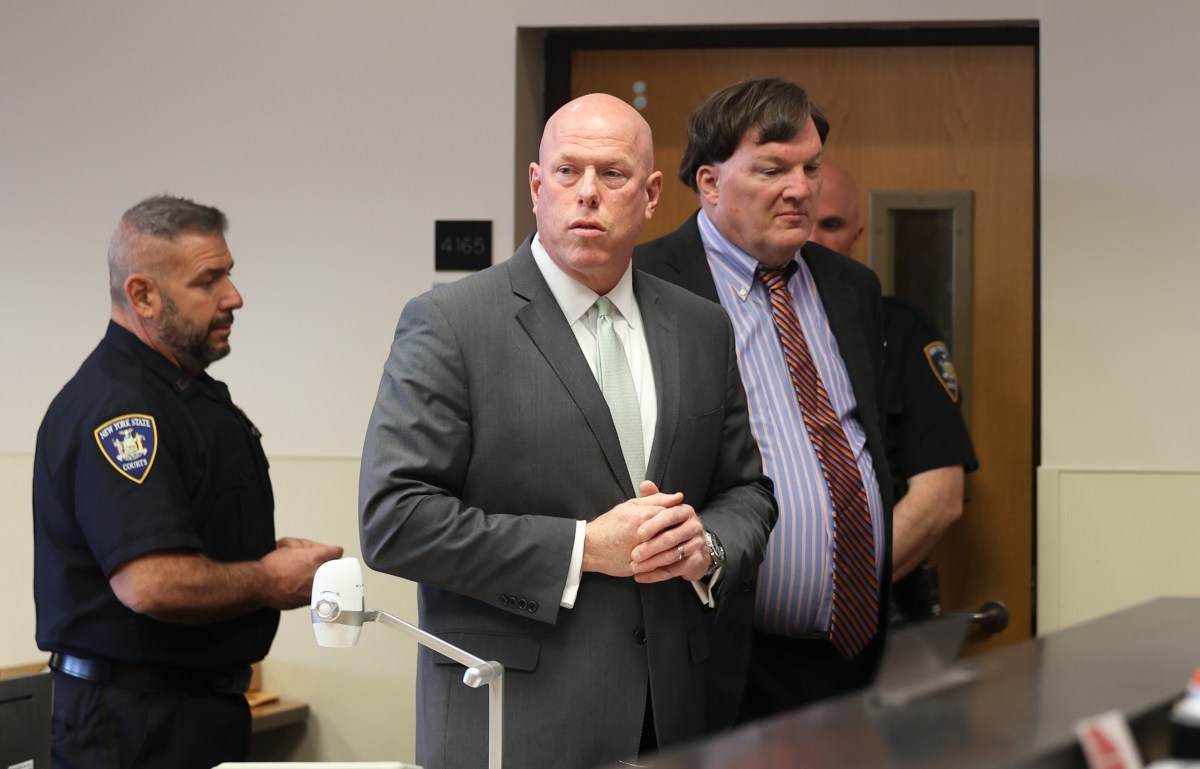Ask the Expert: Lighting Options for Your Hamptons Home
Lighting is unquestionably one of the most crucial components to a complete and successful design scheme. But where to begin? What are your options? David Kaplan of David Kaplan Interior Design, LLC is here to illuminate us with his expert insights.

The Question: What types of lighting fixtures should we be looking at to enhance my home?
The Answer from David Kaplan: Without proper lighting, your space will not function properly and that would diminish your ability to appreciate subtleties in color and textures. Carefully plan for adequate lighting in all areas of the home, according to daily activities. When preparing lighting plans for my design projects I prefer to ‘over-illuminate’ and then specify dimmers to allow for a wide range from full brightness to low-level lighting, as available natural daylight changes throughout the day as well as seasonally, and the use of many areas of the home varies. If the cost of dimmers is prohibitive, then prioritize according to personal importance (e.g. #1 dining room, #2 entrance foyer, #3 living room).
For foyers and hallways with enough floor-to-ceiling height try incorporating decorative pendant fixtures but be careful to check clearance from the bottom of the fixture (including height of ceiling canopy if applicable) so that even a tall person can comfortably pass by underneath. For lower ceilings, go with flush or semi-flush fixtures, and for the simplest scheme where space is available above the ceiling you can go with recessed lighting. However, you will need to check to be sure there are no HVAC ducts or plumbing pipes in the same spots and that the recessed housing will fit properly.
 For living rooms, great rooms, dens, family rooms it is a good idea to plan for some general lighting for entertaining larger groups, plus accent table and floor lamps for more intimate gathering, reading, etc. If you are highlighting artwork or certain tables within the room you might want to include wall washers (recessed fixtures), track/rail/cable type and/or picture lights (surface or suspended).
For living rooms, great rooms, dens, family rooms it is a good idea to plan for some general lighting for entertaining larger groups, plus accent table and floor lamps for more intimate gathering, reading, etc. If you are highlighting artwork or certain tables within the room you might want to include wall washers (recessed fixtures), track/rail/cable type and/or picture lights (surface or suspended).
The home office has risen high on the list of importance, even in apartment living. This room or area must be thoroughly analyzed to function well. Who and how many different family members will be working there and what various tasks? General room lighting for high use and to view shelves, plus task lighting strategically arranged by the desk/work counter—a combination similar to the kitchen, but with a higher importance to eliminate glare (on desktop/laptop computers).
Chandeliers or pendant fixtures are probably most common in the dining room. In addition to more concentrated light sources in one fixture, a chandelier or pendant adds visual interest to an otherwise empty space above the dining table. For extra long tables you might consider two or more matching fixtures or supplementing with recessed lights. In extra large rooms and where the chandelier or pendant does not fully illuminate the entire room perimeter lighting with wall sconces or even table/floor lamps can create a good balance.
For the kitchen to function properly, you will first need an abundance of general illumination from ceiling fixtures, evenly distributed and positioned to eliminate shadows. Then you will want to add under-cabinet task lights for ease of food prep. To create a bar or display cabinet, use clear glass in upper cabinet doors with in-cabinet lights installed at the top with glass shelves rather than wood shelves. Additional recessed pin spots or pendant fixtures work well over kitchen islands and peninsulas. Pendants should be mounted high enough so that they do not impede reaching across the countertop while standing or obstruct the view outward from the serving side.
Laundry rooms and walk-in closets should also be outfitted with bright and even lighting. Avoid recessed lights and track-type lighting here since those tend to create bright spots and shadows. A surface-mounted fixture with a frosted/opal glass diffuser will work best as long as the output is sufficient for the size of the space.
The best combination for the bathroom is a wall sconce above the sink and mirror, recessed lighting above the main floor and toilet area and, when possible, recessed lighting within the tub/shower but those will need to be appropriately selected for wet location.
Bedrooms can be less brightly illuminated overall as long as table/wall/recessed lights are placed by the bed for reading. Plus, you will want to consider lighting immediately in front of closets and also inside walk-in or deeper ones as well as dressing rooms.
All lighting switches, and particularly for bathrooms, bedrooms and closets, should be placed within easy access, even in a very dark room at night.
Note: While fluorescent fixtures are available and remain at a low price point I find even with “daylight” lamps (bulbs) they still do not compare to the quality achieved with incandescent. Halogen lamps provide brilliant pure white light but produce a lot of heat and use large amounts of energy. So, it is good news that many fixtures including pendants, recessed, and under-cabinet/in-cabinet are now available in LED (light-emitting diode) option, with much improved output and at a more reasonable cost than when they were first introduced.
Have your own questions about lighting options in your home or another interior design project? You can contact David Kaplan at David Kaplan Interior Design, LLC at 212-462-4329 or online at www.dkidllc.com.







